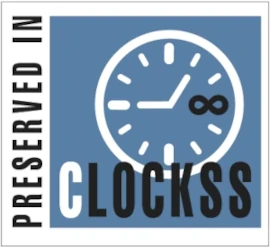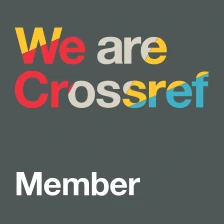‘Little Rascals’ or Not-So-Ideal Victims: Dealing with minors trafficked for exploitation in criminal activities in the Netherlands
DOI:
https://doi.org/10.14197/atr.201221166Keywords:
child, trafficking, exploitation in criminal activities, victim identification, exploitation of minors, frontline actorsAbstract
Trafficking in minors for exploitation in criminal activities is a form of human trafficking that is generally not well-recognised and understood by frontline actors. This paper, based on empirical data from frontline actors, shows that this is also the case in the Netherlands. Moreover, the Dutch ethnicised understanding of the phenomenon, which is conceptualised as a ‘Roma’ problem, further obfuscates the identification of these trafficking cases, leading to a blind spot for victims of other ethnicities and differential treatment of itinerant ‘Roma’ victims compared to Dutch and resident victims. It also shows that there is a gender bias among frontline workers, with girls being more readily perceived as victims than boys, and interventions in the girls’ cases geared towards protection, whereas boys were seen as ‘little rascals’ that should be punished. The paper concludes that a focus on indicators of the phenomenon, rather than on victim profiles, could improve this situation and help frontline actors take more transparent as well as ethnic- and gender-neutral decisions.
Metrics
Published
How to Cite
Issue
Section
License

This work is licensed under a Creative Commons Attribution 4.0 International License.
The Anti-Trafficking Review has a policy of licensing under the Creative Commons Attribution License (CC-BY). Under the CC-BY license, the public is free to share, adapt, and make commercial use of the work. To protect our work and that of our authors, however, users must always give proper attribution to the author(s) and the Anti-Trafficking Review (i.e. with a complete bibliographic citation and link to the Anti-Trafficking Review website and/or DOI).
The Anti-Trafficking Review promotes the sharing of information, and we therefore encourage the reproduction and onward dissemination of articles published with us.








